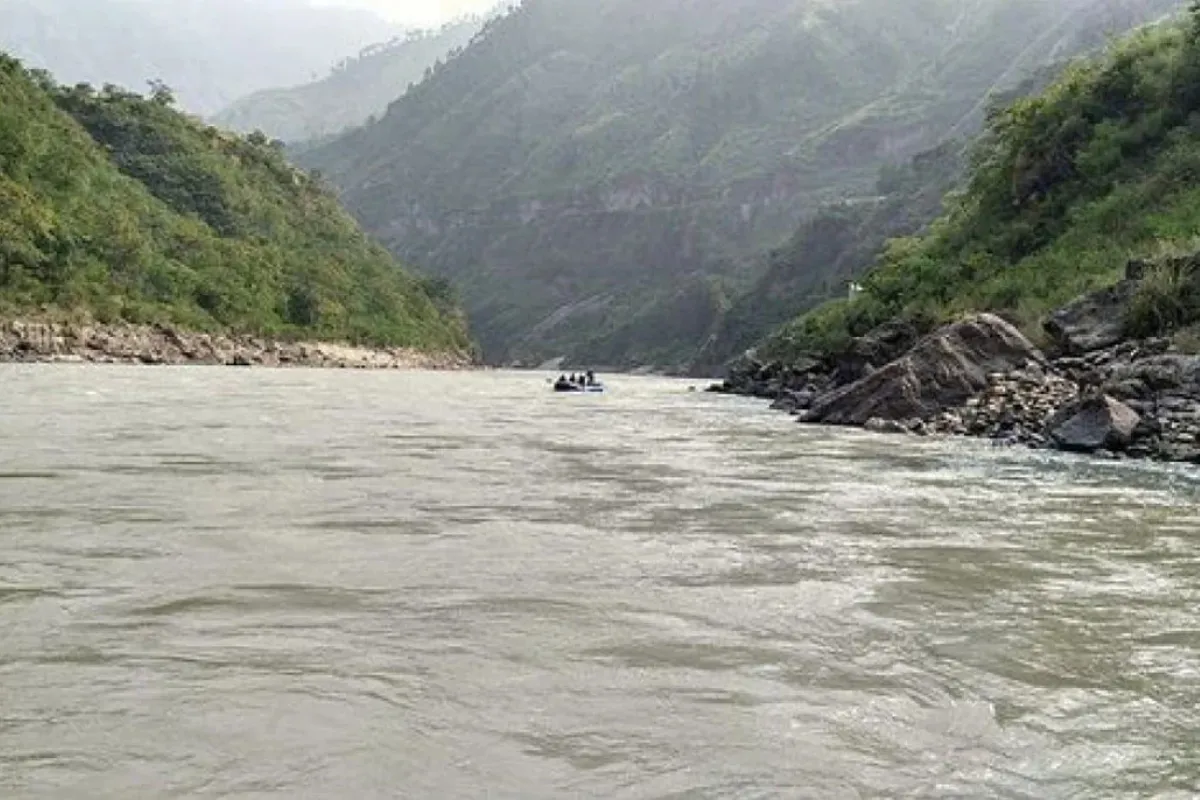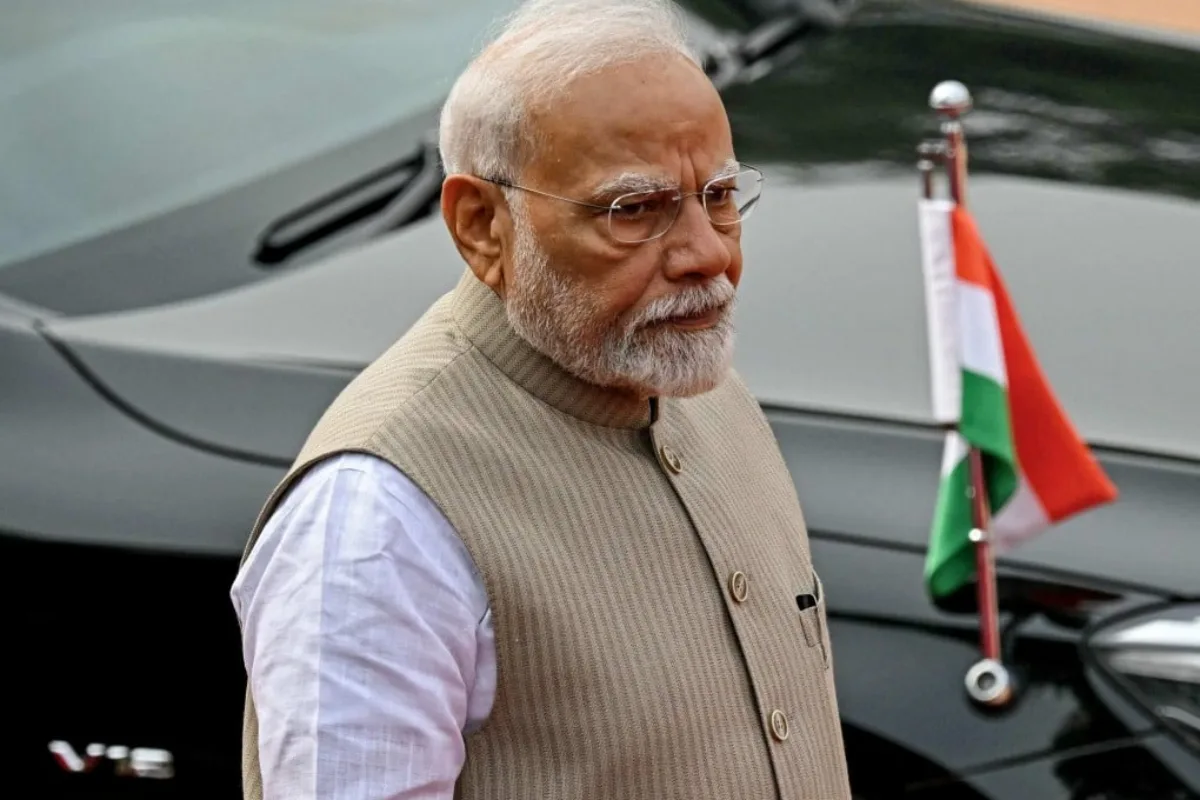Following the recent attack in Pahalgam, India has decided to suspend the Indus Waters Treaty and stop the flow of water to Pakistan. Amid escalating tensions, concerns have now arisen regarding the water flow from India to China.
Dr. V. Nityananda, a geospatial researcher and former NASA station manager, has raised alarms about a significant reduction in the flow of the Sutlej River into India. According to a report by the Indian news outlet Business Today, Dr. Nityananda analyzed satellite data and found a sharp decline in the river’s water volume before it enters Indian territory from Tibet.
He claims that the volume of water entering India from the Sutlej River has decreased by more than 75 percent over the years—from 8,000 gigalitres to just 2,000 gigalitres. Dr. Nityananda questioned whether China is intentionally restricting the flow of the river.
There are reportedly two main possibilities behind this drastic decline: either China has diverted the river’s course, or natural causes are responsible. However, the latter seems unlikely, as glacial melt in the Himalayas is accelerating due to climate change, which should have increased the river’s flow.
In Tibet’s Yarlung Zangbo (Tsangpo) Gorge, China has built dams and hydroelectric facilities that give it greater control over water flow into India.
Currently, there is no formal water-sharing treaty between India and China. The previous data-sharing agreement expired in 2023, leaving China with no obligation to inform India about water flow in the Sutlej River.
Although there is no concrete public evidence that China is deliberately reducing the water supply, India’s concerns are growing due to China’s enhanced control and the lack of an active agreement.
Read More: India Launches Master Plan in Disputed Ladakh to Block Indus River Flow















